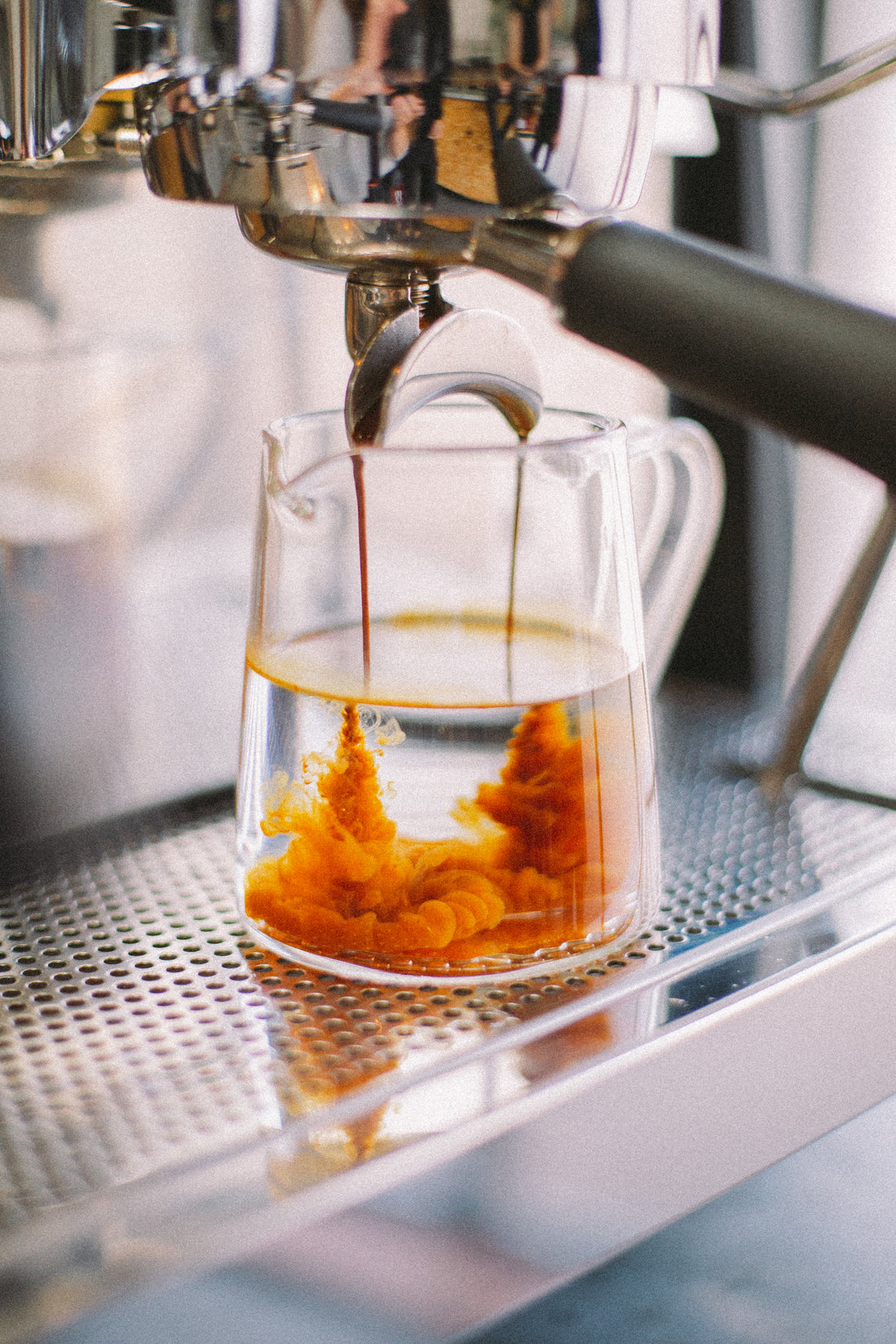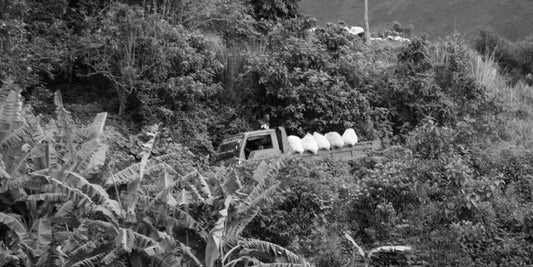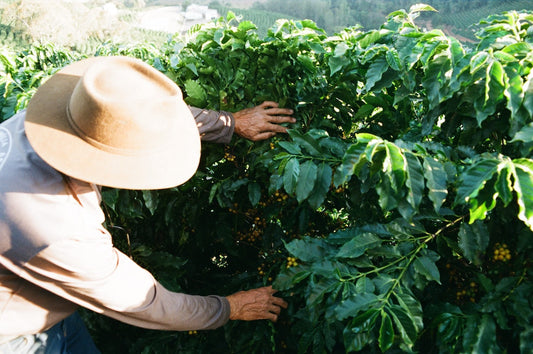
Brew Guide: Home Espresso
So you’ve just splashed an eye-watering amount of money on a home espresso machine. You get it home, unwrap it, plug it in – and think, “now what”? The thought of replicating your favourite coffee shop experience at home can feel daunting, but worry not, it’s actually pretty easy to brew espresso on a home espresso machine, it just takes a little bit of practice! Just ask your barista pals over at Roastworks!
So before you start googling how to pour a three headed swan on a bed of miniature rosettes, let’s get the espresso brewed correctly. It’s at the heart of all drinks and if it ain’t right, no amount of milk will fix it. There is a lot to take into consideration when brewing espresso, so below we’ve written the absolute essentials, it’s our fail-safe method to brewing great espresso at home.
We’ve got a few basic recommendations to get the most out of your espresso. Some of these might sound like a little bit of effort, but it will positively impact the flavour, so in our minds, totally worth it.
- Use scales. The more accurate the better but kitchen scales will also do the trick.
- For consistency, try and keep your brewing temperature consistent at 94 degrees Celsius (not that you can adjust this on most home machines).
- Use filtered water if you can, in some places the water is really hard which can also make things more tricky. The Peak Water Filter is a great piece of kit, specifically designed for filtering water for coffee. We really rate it. Have a look here.
- Use a phone stopwatch to time the extraction. Or if you’re good at counting, then do that.
- Remember, you control the speed of extraction with the texture of the grind, so life will always be a bit easier if you have whole beans and grind them yourself. If you're using pre-ground coffee make sure it's ground for espresso brewing – this will be a fine grind consistency.
STEP 1
Once the machine is on and up to temperature, run some hot water through the empty portafilter to preheat it. This will stop heat being lost during brewing. Remove the portafilter from the group head and fully dry it.
STEP 2
Flush some more water through the (now empty) group head. This will remove any leftover grinds from previous shots.
STEP 3
Weigh out your beans (or pre-ground if you’re using it), use a fine grind setting, you’ll want the grind to be roughly the size of fine table salt. We recommend using a 1:2 brew ratio of coffee to water, so as an example if the portafilter basket takes 12g of coffee, you’ll want to extract 24g of brewed coffee.
STEP 4
Put the ground coffee into the portafilter basket and level it out by lightly tapping/shaking it. Now tamp the coffee using a tamper. Do this as evenly and level as possible, applying enough pressure to compress the coffee. There’s no need to put your whole body weight on it. Any weak points in the tamped coffee bed will lead to channeling, this means that when you put it through a pressurised machine, the water will naturally find the easiest route to run through, creating uneven extraction. Remember, how hard you tamp will not affect the extraction speed.
STEP 5
After tamping, clean the rim of the portafilter to remove any loose grounds and reinsert it into the machine. Put your cup and scales underneath ready for the brew to effortlessly slide into.
Like we said, if you had 12g of ground coffee, you’ll want 24g of brewed coffee to end up in the cup and it should extract between 25-32 seconds. If the coffee comes out too quickly then you will need to make the grind finer. If the coffee is struggling to come through quickly enough then you need to make the grind coarser. Make very small adjustments each time so that it doesn’t end up going too far the other way. If using pre-ground coffee, there isn’t much you can do, so it might be time to look at investing in a grinder. Even hand grinders work well.
STEP 6
Slurp away!




